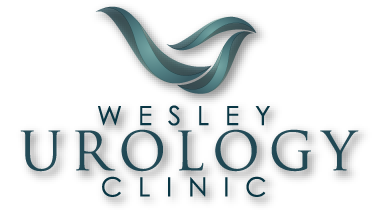Testicular cancer
Testicular tumours are cancers arising from the testicular tissue. They are usually detected when the patient notices a lump or swelling on the testicle. Testicular tumours are relatively rare, affecting 6.5 per 100, 000 men in Australia. They most commonly affect young men, with the two most common tumour types affecting men between 15-39 years and 25-49 years respectively. Risk factors for testicular cancer are a family history of the disease, history of undescended testicle and previous testicular cancer.
Diagnosis:
When a lump is felt in the testicle your doctor will usually arrange an ultrasound scan of the testicles. If this suggests there may be a tumour present, the next step is for blood tests (to check for tumour markers) and a referral to a Urologist. Your Urologist can then arrange further scans (usually a CT scan), as appropriate.
Treatment:
Cure rates for all types of testicular cancer are excellent, with a 5 year survival rate of more than 98%.
Radical Orchidectomy:
All patients diagnosed with testicular cancer will require the surgical removal of the testicle via an incision in the groin. This operation usually requires an overnight admission to hospital.
Post- Surgical Treatment:
Additional treatment after the surgical removal of the testicle depends on the type of tumour identified and whether there is spread beyond the testicle. This may in involve close monitoring, a short course of chemotherapy or, rarely, radiation treatment or further surgery.
Impact on Sexual Function and Fertility:
As testicular tumours commonly affect young men who haven’t started or completed their family, fertility is often a concern. Removing one testicle does not affect sexual function or fertility. Additional treatments, such as chemotherapy, may affect fertility and if this is required your Urologist can arrange sperm banking prior to starting treatment.
Testicular Prosthesis Insertion:
Some men are concerned about their appearance after one testicle has been removed. It is possible to insert an artificial testicle (prosthesis) either at the time of the orchidectomy surgery or at a later date.
